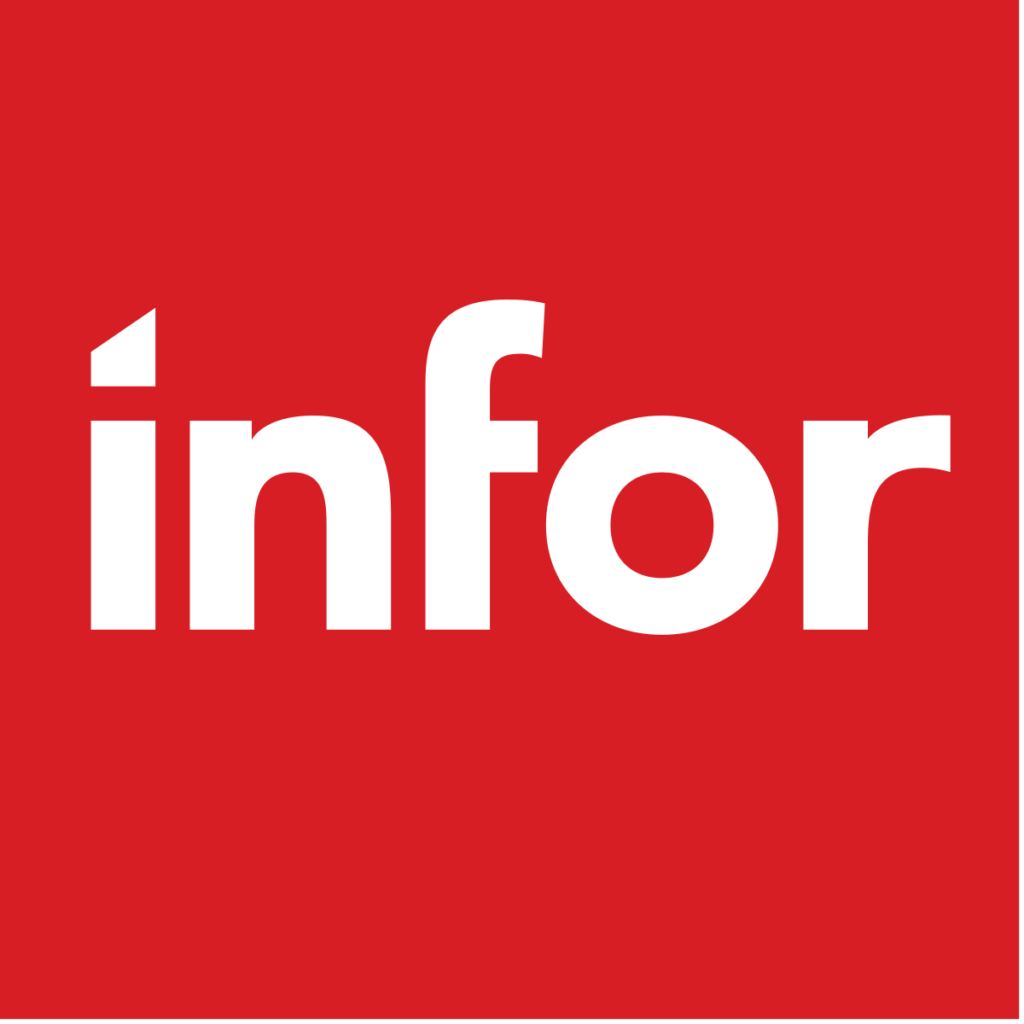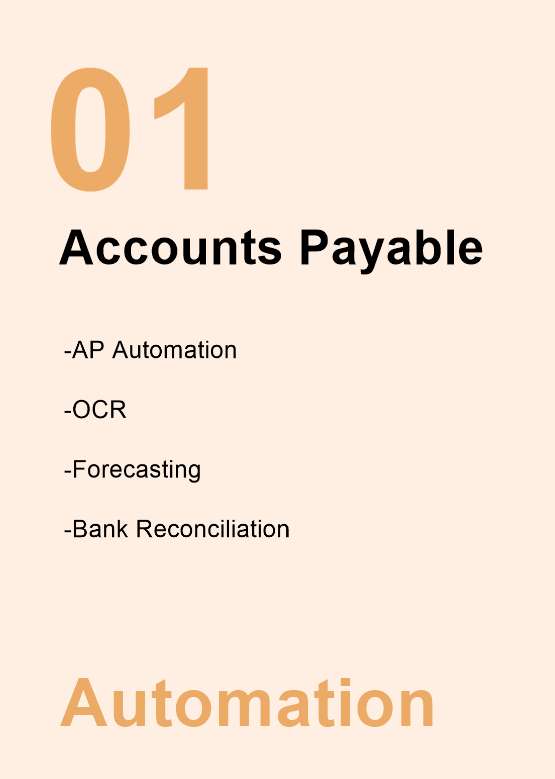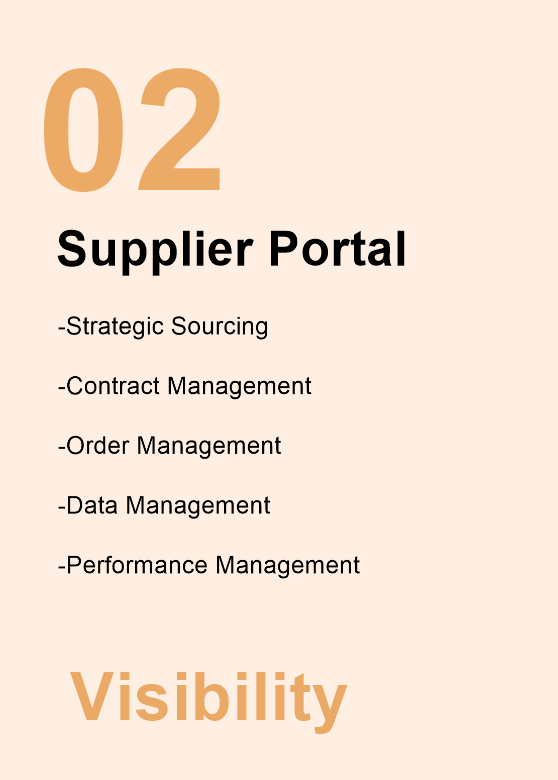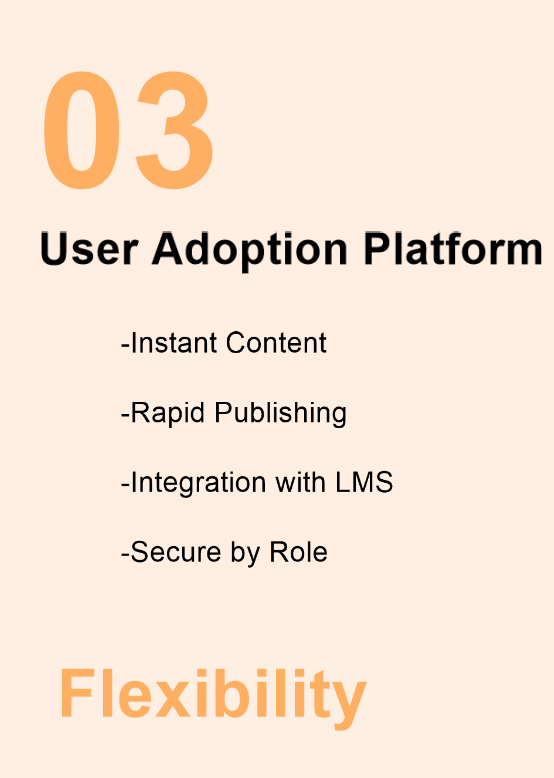
Digitizing core processes in combination with trading partner connectivity, helps financial and supply chain leaders increase responsiveness and adaptability. Using delivered automation features and enabling self-service features for suppliers and trading partners in real-time, allows business processes to become more efficient. This also allows organizations to remove manual data processing tasks and continuously improve their operations.
Here are several scenarios where moving to an integrated network platform has helped organizations adopt a streamlined and transparent processing flow to manage banking processes and supplier management to generate additional value across their business processes.


AP Automation
Automation reduces manual data entry, improves accuracy and deploys finance resources for other strategic initiatives.
Infor has partnered with Ephesoft to translate information and enable the creation of an invoice. Other 3rd party vendors or services are available, but they are not directly integrated with FSM.
Documents can be processed by monitoring folders, emails, manual scanning, mobile device or web UI. Information about the document is exported to Infor Document Management (IDM) where the document is stored.
Once configured, the process will receive, scan and index documents. Workflow automation routes invoices to a processor for final review.
Optical Character Recognition (OCR)
Capture Automation processing drives AP automation using OCR. During configuration you decide which fields you need populated for the invoice header and lines using criteria that may vary by vendor. The process analyses and assigns invoices to the respective vendors continuously and seamlessly.
Imported documents are reviewed by a processor, forwarded for approval, matched, and paid.
The Invoice Processor can tell the solution if any ‘nonconforming’ fields need to be reassigned and the solution saves that information for future use. Users can retrieve the invoice documentation from the FSM invoice page or within IDM.
Forecasting
Two types of cash forecasting are available.
Direct forecasting is based on transactions from Payables, Receivables, and Purchase Orders. It provides an estimate of cash flow for a specific date range, for a specific company and account, based on either company or cash account currency. Run it as often as you like.
Cash forecasting is an estimate of cash inflows and outflows for a specific day or a date range for selected cash transaction categories and operating accounts. This method allows you to incorporate expected cash flows which have not yet been recorded. It also allows you to view your cash position across multiple accounts. Each forecast covers a specific date or date range. You can include all operating accounts and categories or specify one or more accounts and one or more categories.
.
Bank Reconciliation
GOB can interface bank transactions such as cash payments and bank services that credit or debit your account from an external source to Cash Management and reconcile bank statement lines to cash ledger transactions that originated from Payables, Receivables, or Cash Management.
Reconciliation match rules and match rule groups, or reconciliation templates are created to enable bank statement reconciliation.

Supplier Portal
The Supplier Portal is a vendor self-service offering that empowers suppliers to access CSFSM through a browser. Vendors receive a link to register as a Supplier with GOB and complete their profile information. The validation process creates a login for the Vendor. Once validation is completed by GOB, automation can be enabled to create the vendor in AP.
Strategic Sourcing
Use this solution to set up, maintain, and analyze complex bidding events by tracking sourcing event details such as supplier responses and event awards.
Once requirements for goods and/or services have been determined, a Request for Quote (RFQ) or an Invitation for Bid (IFB) can be issued. Suppliers can respond with a proposal that includes prices and terms for the requirements. After proposals are collected and evaluated, a sourcing event is awarded. Upon conclusion of the process, GOB can analyze spending patterns, supplier use and performance.
Contract Management
Suppliers, various events, and reusable information are available for sharing with other events and contracts in the Supplier Portal. Terms, questions, contacts, and categories/subcategories are some of the information that are shared with Contract Management. Suppliers can review all current and historical contracts. Additionally, they can submit proposed contracts.
Order Management
Using Supplier Order Management, suppliers can acknowledge purchase orders, review information regarding purchase orders, receipts, invoices, payments, and items. They can also create and submit invoices for GOB to review.
Data Management
Suppliers can register themselves as a supplier, respond to events, update their supplier information (profile information, key contacts, certifications, commodities, banking information, etc.), negotiate terms, maintain subcontractors, and look up information related to their contracts.
Performance Management
GOB can define Supplier Metrics to compare suppliers to one another. Metrics are calculated based on event invitations, responses, and awards. The metrics indicate the number of events that a supplier has been involved in and the number of events that they have been awarded. Suppliers can access the metrics in use by GOB and review their performance to date.

User Adoption Platform (UAP)
UAP is a platform that allows you to record keystrokes throughout the application and instantly create learning content for your end users. Rapidly create and publish everything from procedural documents to eLearning courses using 16 different output types. Secure what users can see based on specific organizational/site content or multi-organization/site content.
A Learning Management System (LMS) is included with HCM that integrates with Jobs and Positions. You can add content created in UAP to the LMS to Jobs and Positions that correspond to security roles in CSFSM. New users or users moving to new roles have immediate access to training content for their respective roles. Employee records are updated with UAP training certifications upon completion of assigned training.
UAP licensing is not restricted for use in HCM and FSM. UAP can be integrated with most Windows or Web based applications providing training benefits that extend to other important business applications GOB uses.